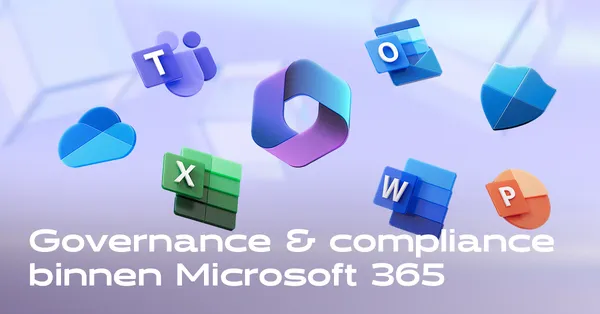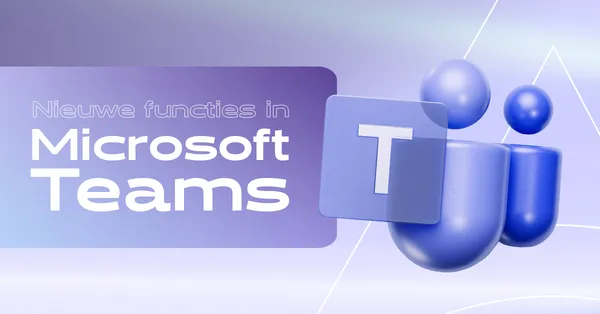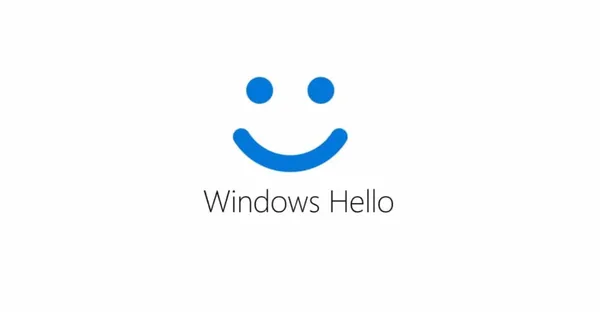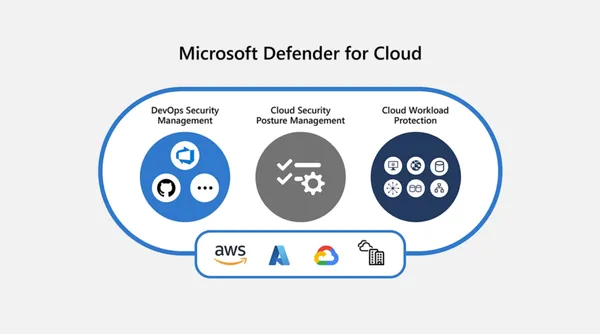
Knowledge base
June 29, 2022
Key reasons to back up Microsoft 365
Microsoft 365 is a reliable Software as a Service (SaaS) platform that has become hugely popular in recent times with a culture of remote working being adopted by all businesses and organizations.
According to Microsoft’s Shared Responsibility Model, Microsoft focuses primarily on application uptime and the underlying infrastructure (hardware/software failures and power outages). It is still your responsibility to protect your business data, as there are numerous threats to which M365 data can be exposed.
Let’s discuss some of the key vulnerabilities that critical data can fall prey to.
Accidental deletion
This is an absolutely unavoidable case while discussing Microsoft 365 data. Regular and consistent use of Office 365 productivity tools across the organization creates loopholes for such inevitable human errors.
Retention Policy
The gap between the length of time the organization wants its data to be retained and what M365 provides is a necessary discussion point. There are many time constraints on the M365 retention function. A good backup with advanced retention policies is required to create timestamps to which the administrator can roll back when the need arises.
Legal and Compliance Requirements
This case plays hand in hand with the retention gaps that many organizations face. Companies that adhere to many data compliance policies are required to retain data for a certain period of time.
Threats to internal security
The internal threat is overlooked by many organizations. It is important to fact check multiple cases recorded for data deletion, corruption and other malicious attacks by internal members of the organization. A good example is a departing employee who performs vigorous email purging.
External Security Threats
Cyber attacks and ransomware attacks took place and will continue to happen. The intruders somehow find a way to get into your businesses. It is clear to use a wide range of applications for different reasons for your business. Since these applications reside in your environment, they act as a nested host for certain malware attacks.
Data Migration
This case is an advantage of having a good backup setup. Scaling up infrastructure is a necessary action that must be taken, whether the company is large or small. Having a backup tool that allows you to choose the required timestamps and restore the data to the target will help with an easy migration.
The security function of the SaaS provider is often misunderstood for data protection. Their job is to provide and maintain only a high-availability platform for their customers. This brings you to the point of how much it is necessary to back up your Microsoft 365 data.
A recent study shows the following;
- 3% of M365 users do not back up their data
- 68% of M365 users take advantage of built-in backup capabilities
- 27% use a 3rd party backup tool
The majority of Office 365 users rely on the built-in backup features as the survey reports. Let me bring in a few M365 features to highlight their limitations and also discuss them so that you, as readers, can get a much clearer picture of why an efficient backup tool is needed beyond the built-in options.
SharePoint’s version history is a popular feature that many IT administrators use. It is also accessible to the end user. This means that not only the IT administrator, but also the end user can enable the version history feature to return to old versions. Each time a change is detected, it is stored as a separate version that can be searched by end users and also restored when needed.
The limitations are as follows;
- It only works for SharePoint
- It only works if it is enabled for the document library
- Only a limited number of versions can be saved
- It does not work if the files are deleted
Retention of deleted items from Microsoft 365 Exchange is another feature that users depend on. This allows end users to perform the Delete Undo action. This feature is again limited to time constraints, because the undo delete action can be performed for the files deleted a few weeks ago, but not for the files deleted a few months ago.
The same limitation also applies to SharePoint’s Recycle Bin.
Many IT administrators use the retention policy feature. Once this feature is enabled and a file is deleted by the end user, it disappears from the end user’s visibility, but the deleted file still remains in the system. If necessary, administrators can retrieve this deleted data. This is often misunderstood to help them avoid data loss.
What users forget is that a separate copy or version is stored alongside the live data and not as a separate copy somewhere else as the user would do with a backup tool.
Prevention locking can be a good feature that prevents even the IT administrator from deleting or overwriting the data. But this feature violates many compliance policies and also has a limitation that it cannot be turned off for a period of time once it is turned on.
While I have listed almost every possible reason for you to host a reliable backup software, here is the last and most important of all. The Microsoft Service Agreement states, “We strive to keep the Services operational; however, all online services experience outages and disruptions from time to time, and Microsoft is not liable for any interruptions or losses you may suffer as a result.
In the event of an outage, you may not be able to retrieve the content or data you have stored.
We encourage you to regularly back up your Content and Data that you store on the Services or store using third-party apps and services.”
Thus, all readers and Microsoft 365 users are encouraged to implement reliable backup software.
Source: vembu
Want to know more?

Related
blogs
Tech Updates: Microsoft 365, Azure, Cybersecurity & AI – Weekly in Your Mailbox.









